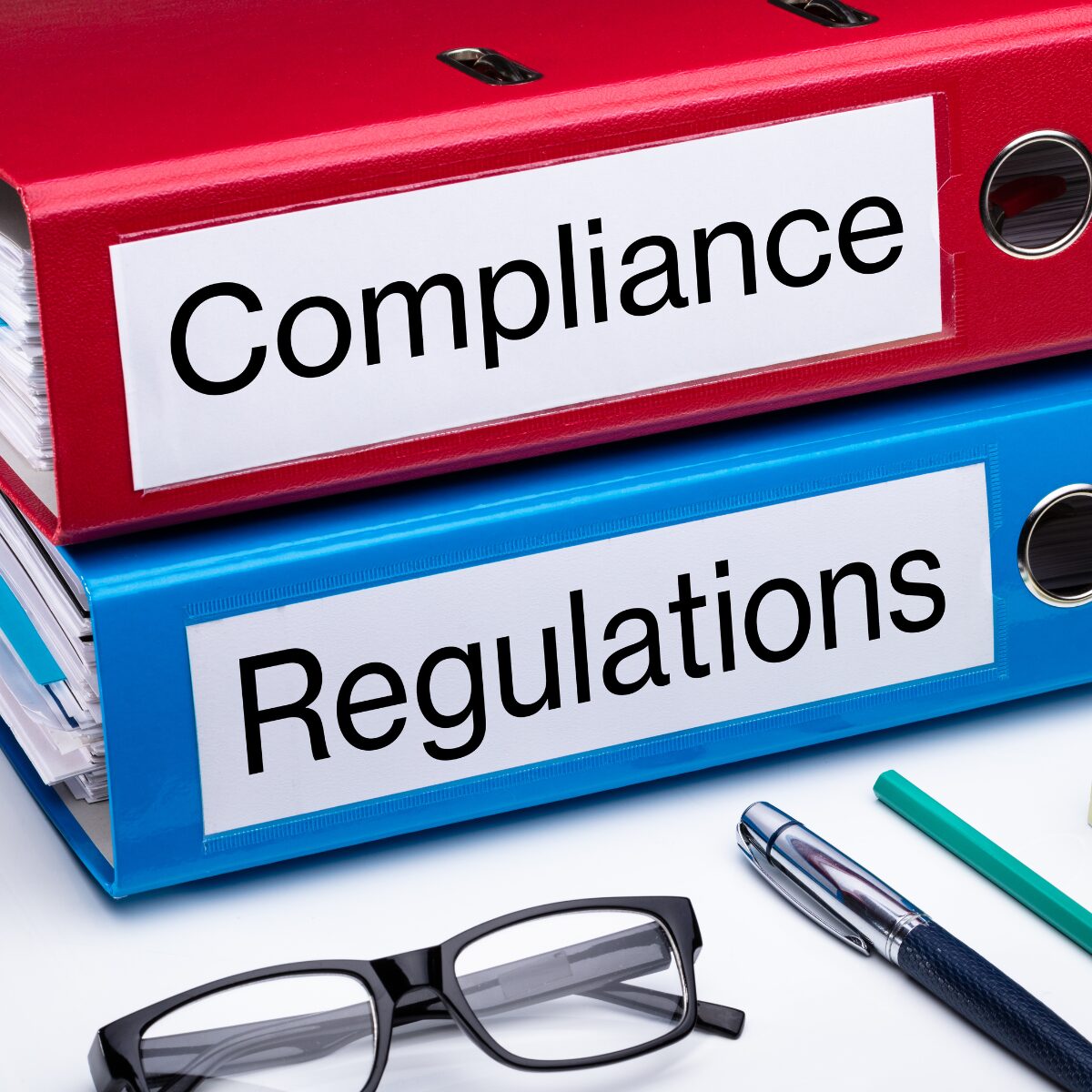If your role involves quality, safety or operational performance, you already know that the compliance landscape has shifted dramatically. New regulations, certifications and audit expectations seem to change every year. What counted as “good enough” five years ago now feels basic. And even for the most experienced managers, keeping up is getting harder—not easier.
Many organizations still rely on manual spreadsheets, shared folders, email chains and paper checklists to manage compliance. That worked when operations were simpler and requirements were lighter. But today, manual processes slow you down, introduce risk and make it harder to prove compliance when it matters most.
Let’s look at why this shift is happening and what you can do to stay ahead without increasing your workload.

Compliance is more complex than it used to be
Compliance has also grown more complex than it used to be. It’s no longer just about maintaining safe working conditions and documenting standard procedures. Many companies now need to demonstrate sustainability progress, validate supplier and subcontractor safety practices, track ESG performance and show digital traceability across the entire workflow. On top of that, audits and client assessments are happening more often, and they require fast, accurate evidence. Preparing for these audits can easily take hours or days if information is scattered.
Then there’s the challenge of distributed teams and sites. Logistics networks span warehouses and transport hubs. Energy companies operate remote facilities and rotating contractors. Production plants run multiple shifts with different levels of experience. Keeping everyone aligned becomes difficult when documentation lives in different places and communication depends on who remembers to share what. When the system itself isn’t centralized, consistency becomes more about luck than structure.
The risks of falling behind are real
And the risks of falling behind are real. Non-compliance can lead to fines, project delays, insurance complications and uncomfortable conversations with customers. Missed inspections or outdated training records can increase the chance of safety incidents. Even when no incident occurs, the stress of “hoping we’re covered” takes a toll on teams. Sometimes the biggest impact is reputational, a client asking for evidence you know exists, but no one can find quickly.
The common thread is simple: the more manual the process, the more room there is for error. A spreadsheet is out of date the moment someone downloads it. A procedure uploaded to a shared folder may have multiple versions floating around. When tasks are tracked through email, it’s nearly impossible to see who has completed what, or who still needs to act. And when an auditor asks for proof, the process of hunting down signatures and confirming dates becomes a scramble.
A Modern Way Forward: QHSE SaaS Tools
That’s why many organizations are turning toward digital QHSE systems. A modern QHSE platform brings everything into one place, with real-time visibility instead of after-the-fact reporting. Documents and procedures are stored centrally, so everyone is always working with the latest version. Notifications and reminders are automated, so follow-up doesn’t depend on memory. Training, responsibilities and task completion can be tracked clearly, without chasing people for updates. And when an audit comes — internal, external or client-driven — you can share clean, accurate records instantly rather than spending days preparing.
The benefit isn’t only efficiency. It’s confidence. It’s the feeling of knowing you are in control, instead of hoping the information is correct.
How to Start Digitizing Your Compliance Process
If digitizing your compliance process feels like a big step, you don’t need to change everything at once. Start by mapping how you currently work. Identify where time is lost. Maybe training records are scattered, or incident reporting depends on paper forms. Choose one process to digitize first. Involve your operational leaders early so everyone shapes the change together, rather than having it handed to them. And when choosing software, prioritize simplicity and adoption. A tool is only valuable if your teams actually use it.
Staying compliant doesn’t have to feel overwhelming. With the right structure and the right tools, it becomes part of how your organization works — not something you constantly need to catch up on. Modern QHSE solutions don’t replace your expertise; they support it. They give you time back to focus on improvement rather than administration.
If you’re still managing QHSE manually, now is the time to explore digital tools that help you stay ahead with clarity, consistency and confidence.
Join our Weekly Webinar: Digitalization in QHSE
Are you ready to embrace the digital transformation shaping the future of quality, health, safety, and environment (QHSE) management? Join us for our exclusive weekly webinar on Digitalization in QHSE, held every Thursday at 2:00 PM, where we’ll explore how digital tools can help you align with the upcoming ISO 9001:2025 standards while enhancing efficiency and compliance.
Don’t miss this opportunity to gain insights into the role of digitalization in preparing for the new ISO standards. Reserve your spot today and take the first step toward a more resilient and future-ready organization!











